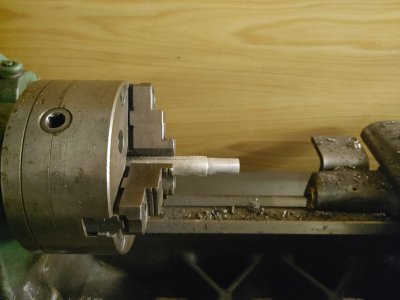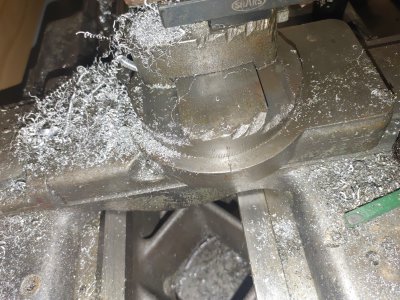- Joined
- Jan 1, 2018
- Messages
- 1,211
.
The fence get removed frequently so the pin get removed frequently. The eccentric should only need to be adjusted once and the fence should line up every time the fence is put back on the table.
Seems like a straight bore & pin would be a better solution. That taper is going to lock and be a PIA when you are trying to rotate the eccentric.
I had an SCM slider, 8'+ stroke & 16" blade. Straight pins! Very good saw.
The fence get removed frequently so the pin get removed frequently. The eccentric should only need to be adjusted once and the fence should line up every time the fence is put back on the table.



